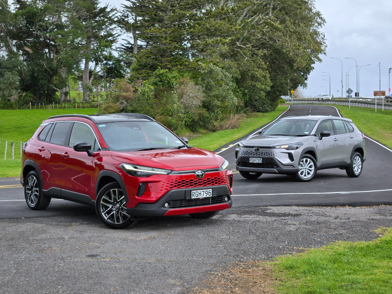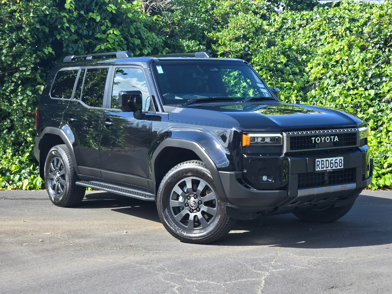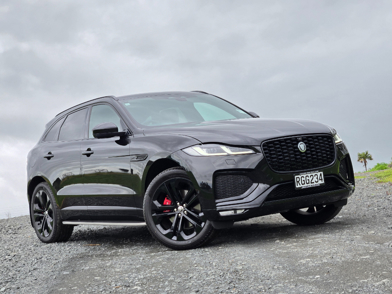What’s this new car all about then?
Before we begin, a quick Leapmotor refresher. It’s a Chinese maker that’s just a decade old; in fact, it didn’t launch its first car until 2017. It’s now branching out into global markets through a partnership with Stellantis, called Leapmotor International.
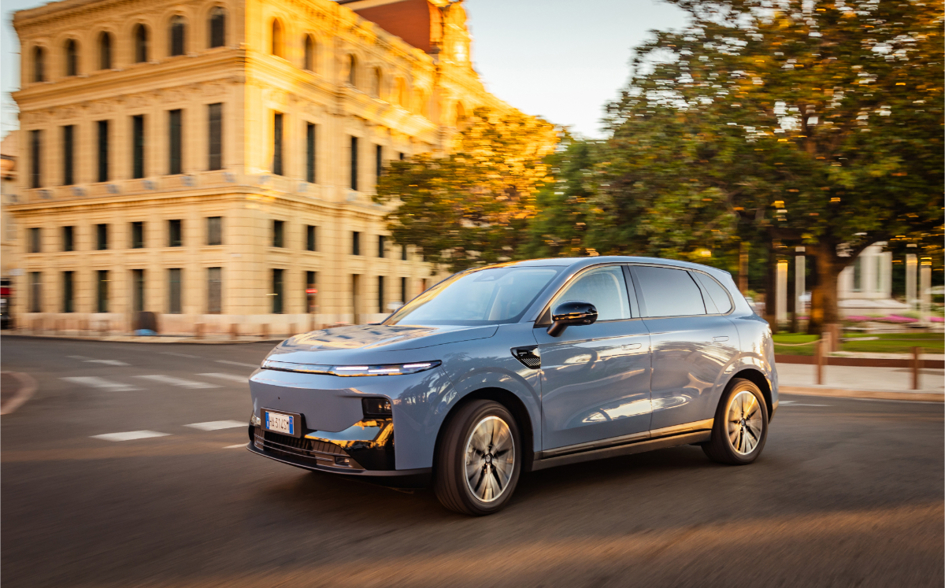
The joint venture is 51% owned by Stellantis (Alfa Romeo, Citroën, Fiat, Jeep, Maserati, Opel, Peugeot and others), which also owns 20% of Leapmotor’s main operation. It’s all very much in the family and little wonder that Leapmotor likes to pitch itself as a very… European Chinese brand.
Leapmotor launched in New Zealand last year with the C10, a medium-large 5-seat SUV that came first as a battery electric vehicle (BEV) but later expanded with an Ultra Hybrid range-extender model: petrol engine to make electricity, plug-in battery and electric drive.
As the name suggests, the B10 is a smaller SUV sibling to the C10: 4515mm long, so size-wise definitely in the medium-SUV heartland.
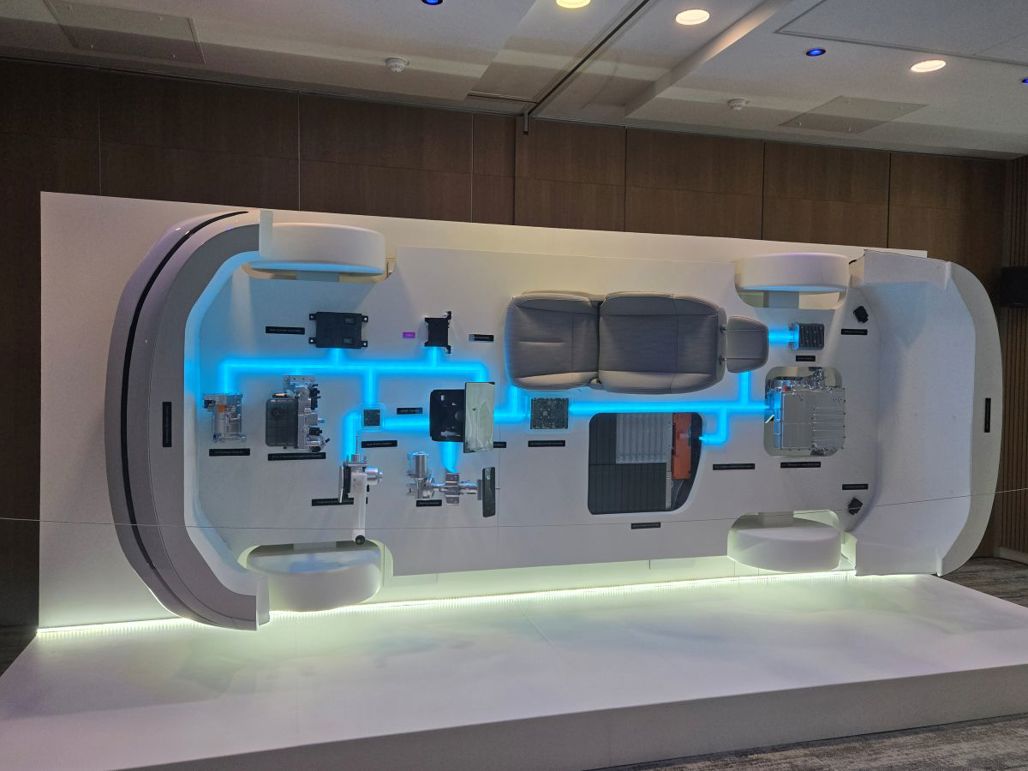
It’s not simply a smaller version of the C10, though. It sits on a newer (3.5) version of the Leap platform and moves the brand’s game on in a software sense.
It’s all very much in the Stellantis family and little wonder that Leapmotor likes to pitch itself as a very… European Chinese brand.
The company is very proud of its in-house components and says 60% of the B10’s value is made up of Leapmotor-exclusive technology, including “central domain control” that has every function of the car overseen by one computer.
How much is it?
While the C10 is only available in the top Design specification in NZ, Kiwi importer ADNZ is broadening its offering with B10 by including an entry-level Life model at $44,990, with a step up to the Design at $49,990.
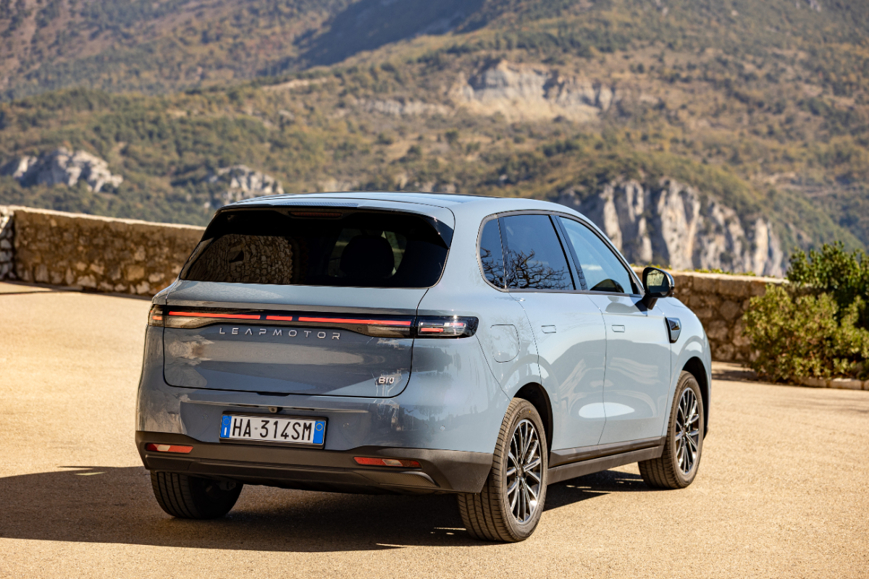
There’s also a special launch-offer that cuts $2k out of both versions, meaning they’re currently $42,990 and $47,990 respectively.
Styling is subjective, but we reckon the B10 has a more appealing, better-proportioned look than the C10. Similar, but sharper.
The B10 does nudge right up against the start price of the larger C10 ($49,990). But remember that’s for the C10 Ultra Hybrid, while the BEV is another $5k up the ladder at $54,990.
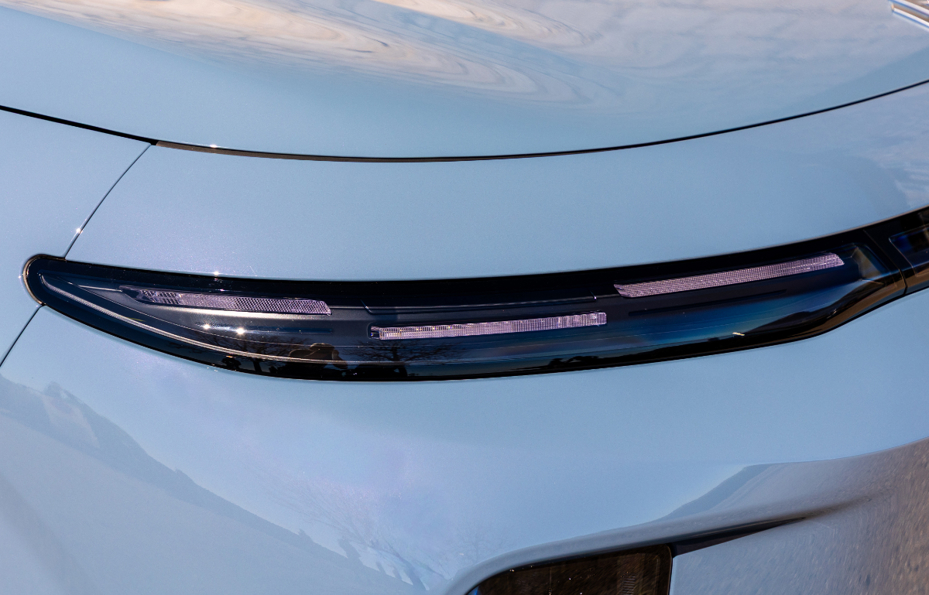
To answer the obvious question, there is a B10 Ultra Hybrid on the way with 100km-plus electric range, likely with the same plug-in powertrain as the C10. We won’t see that until the second quarter of next year, but based on the pricing structure of the larger model, expect an even lower starting price. A sub-$40k B10, perhaps?
Leapmotor says B10 was conceived as an export model right from the start, with a physical size and dynamic demeanour suited to more driver-centric markets.
Styling is subjective, but we reckon the B10 has a more appealing, better-proportioned look than the C10. Similar, but sharper.
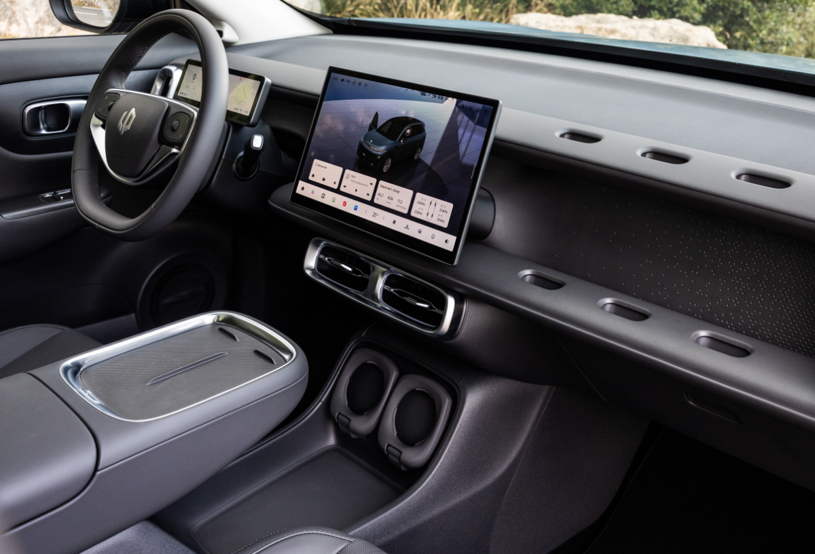
That also goes for the inside, with the same basic layout as C10: 8.8-inch instrument display and 14.6in infotainment display. But with a bit more flair, despite a few more hard plastics around the place: chunky details like the cutouts on the passenger’s-side dashboard and flip-up cupholders in the centre console add character.
The in-house infotainment OS (Leap 4.0 Plus) also represents the next step on from the C10. The sat-nav is completely new with enhanced 3D displays, for example. Menus have been redesigned to be more intuitive and there’s now a Polestar-style configurable split-screen function.
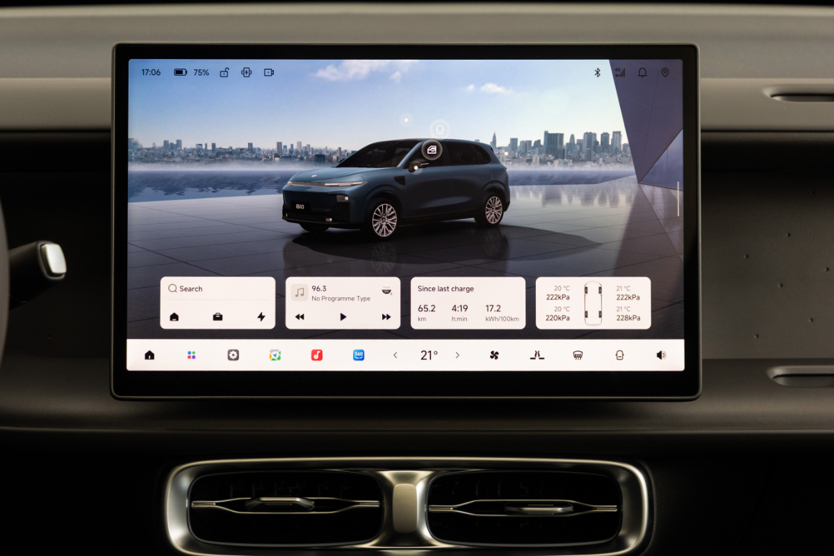
A few cutsey features, too. You can tailor the colour of the car featured on the home screen to match your own, and adjust the background weather to match the real world while you’re at it. Or more practical tricks such as the ability to set certain apps to launch automatically when the car is ready to drive (Spotify, for example).
Leapmotor admitted it made a wrong turn in omitting Apple CarPlay/Android Auto from the C10 (not a big thing in China, apparently) and hasn’t resolved the issue completely for that model; it’s developed a phone-mirroring update which gets you most of the way there, though.
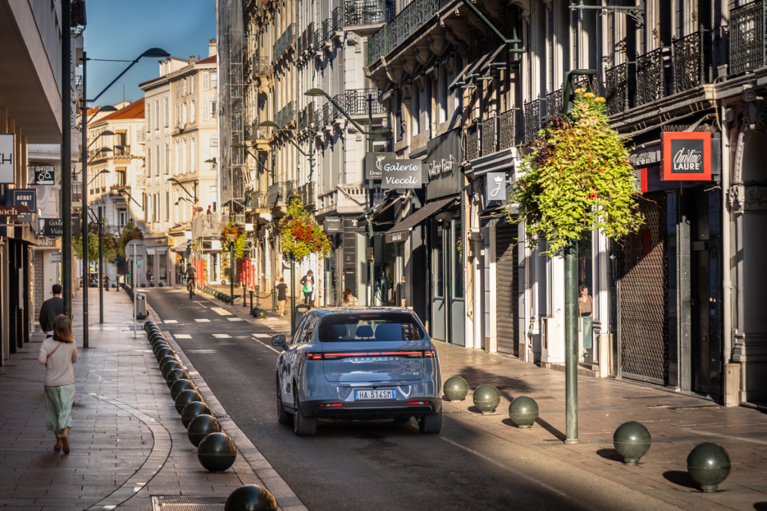
The B10’s new electronic architecture means it can have proper wireless phone projection from the outset. Well, not quite from the outset. It’s being deployed via an over-the-air (OTA) update before the end of the year. The wait is for licensing rather than technical reasons, says the company, but it’s hard to understand why it wasn’t sorted prior to launch.
What’s it like to drive?
Leapmotor says B10 was conceived as an export model right from the start, with a physical size and dynamic demeanour suited to more driver-centric markets. Europe obviously, but also the likes of us.
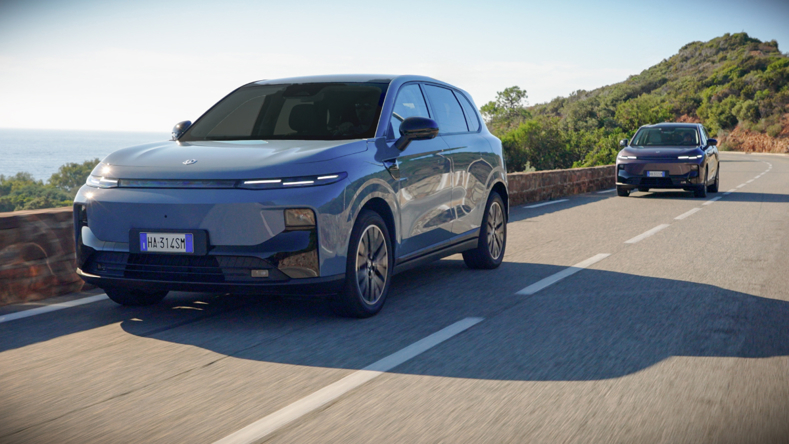
Nobody’s claiming it’s a sports-SUV. But the combination of strong cell-to-chassis construction (the battery is part of the car, basically), 50/50 weight distribution, RWD and suspension tuning by Stellantis at its Balocco Proving Ground in Italy are all presented as evidence that this a cut above your average Chinese family SUV.
The B10 even has mixed-size tyres: 18-inch wheels with 225/50 front and 235/50 rear tyres.
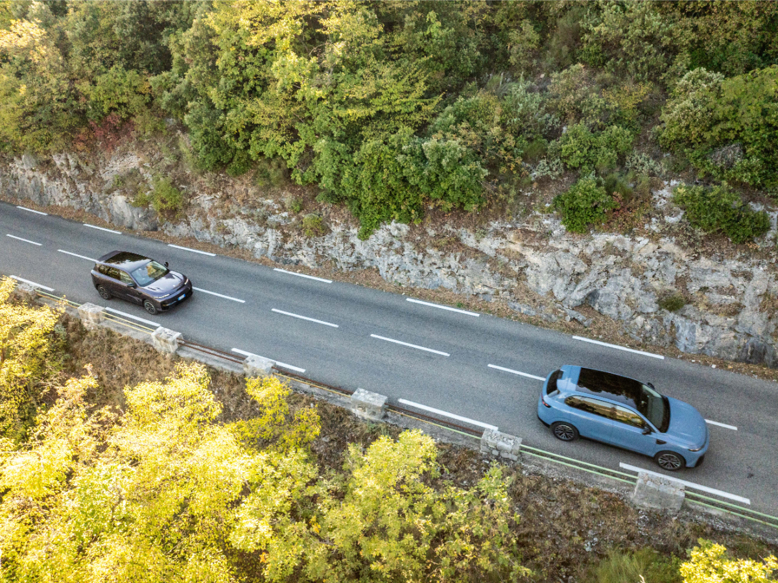
You might notice the lovely images that go with this story aren’t from Hangzhou. As with C10 a year ago, the company sent a none-too-subtle message about the car by holding the international launch drive in Europe: the Cote d’Azur this time.
All versions have a 160kW/240Nm single electric motor and the car is calibrated for a smooth power delivery more than standing-start sprints. It’s good for 0-100km/h in 8 seconds, which is lively enough for a car of this type.
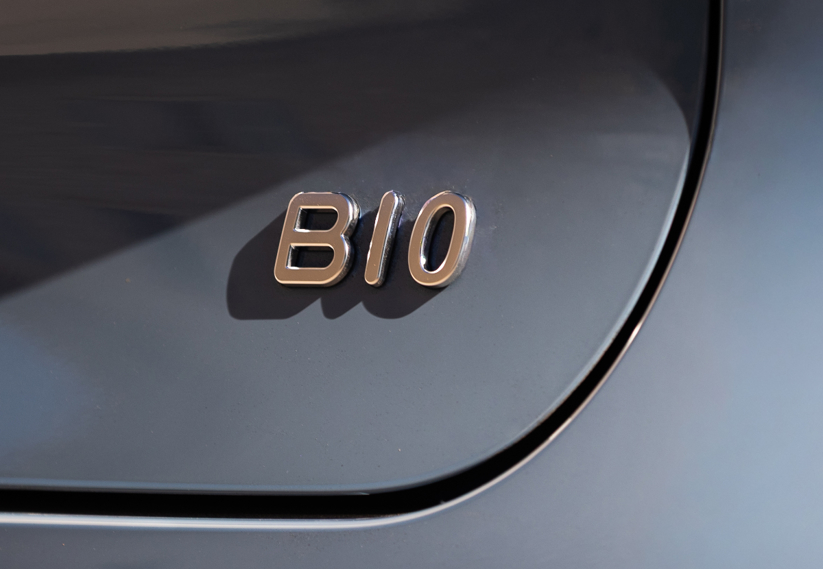
The CTC construction helps keep weight in check. No BEV is going to be slimmest in its SUV class, but the B10 is 1780-1845kg, depending on model. Not bad.
You can adjust steering, throttle and regen in the expected ways and it’s all pretty civilised. There’s a more assured feel to all of those things than in the C10… and many of the B10’s Chinese rivals, it has to be said.
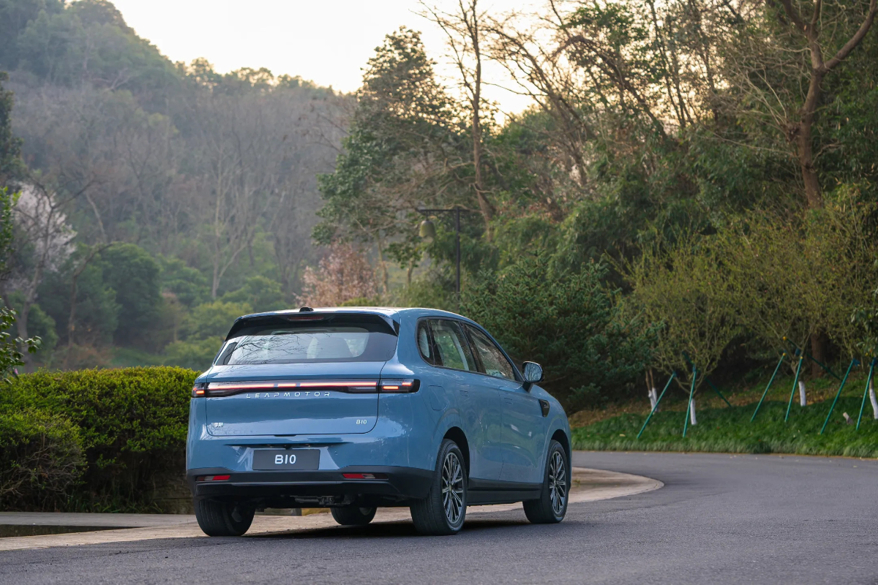
Dynamically, the B10 is a solid effort that may not set out to entertain, but doesn’t displease when pushed a bit harder either; the ride is unashamedly comfort-oriented (so are the super-squishy seats), but you can feel the hand of Stellantis in the way the suspension remains controlled even when the car is leaning heavily into corners.
The B10 is fully loaded with advanced driver assistance features (ADAS, 17 of ’em) across the range. They’re not as intrusive as those in the C10, but they’re still pretty full-on.
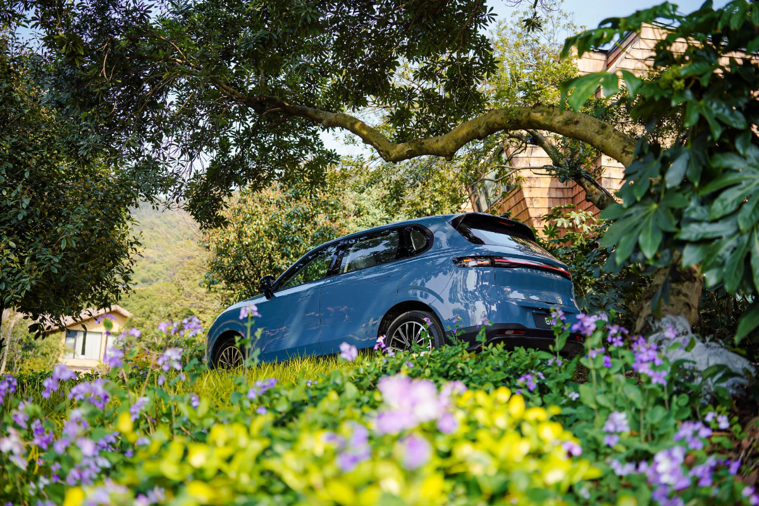
Our test cars (and the ones for the NZ market) had the more subtle export settings. We’d say they were tolerable on our cruise along the Med coastline, with fairly muted warnings, but others on the event found them infuriating. Although they used words that aren’t as nice as “infuriating”.
This is not a Leapmotor-specific problem, of course. Such features are required for top safety ratings and have to be active when you switch the car on.
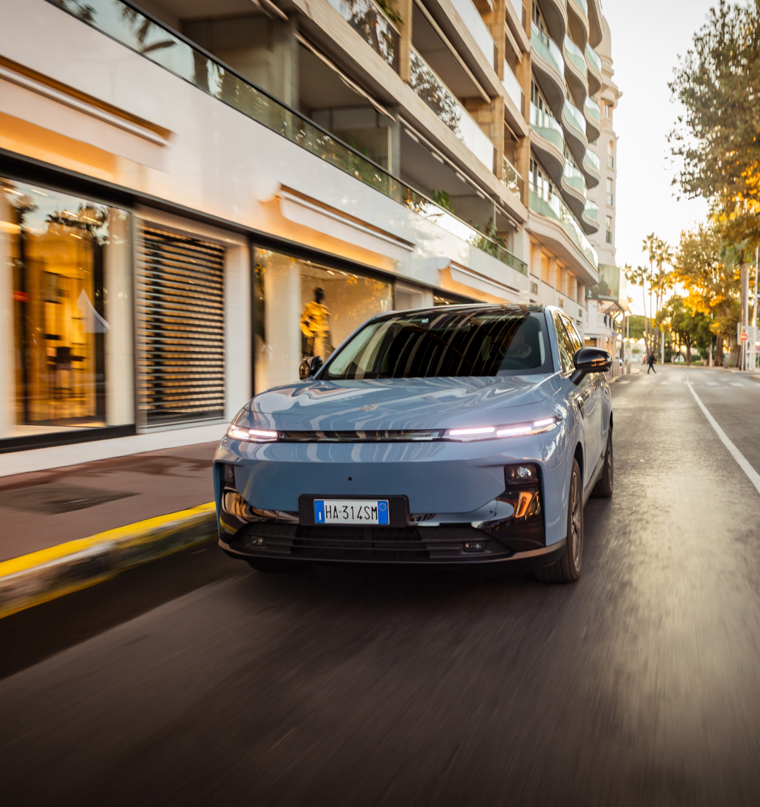
Leapmotor does provide a variety of shortcuts to shut them off individually, and more opportunity to adjust things while the car is moving than previous systems in the C10. Lane centering can now be disabled while driving for example, while the lane-keep function has gained three selectable levels.
A driver-profile menu that allows you to set a one-button shortcut to your own ADAS preferences (already rolled out to C10) will also be made available to B10 in the months to come, via OTA. Leapmotor loves its OTAs.
What’s the pick of the range?
The basic tech and safety setup is shared across the range, so you might well choose based on your electric-range needs and wants.
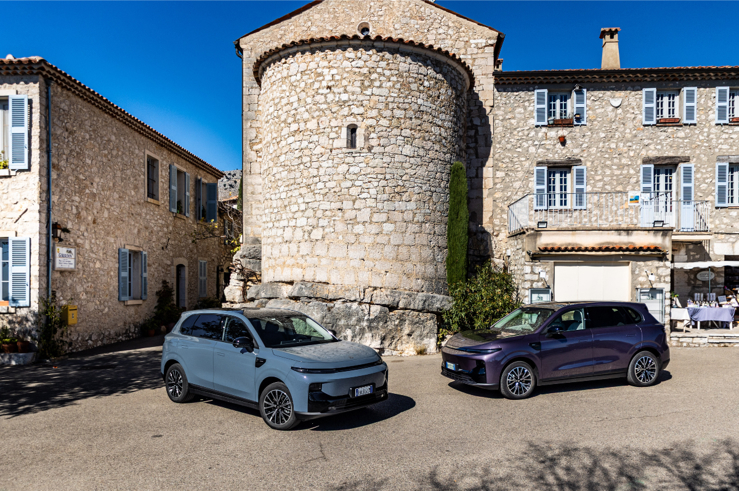
The entry Life carries a 56.2kWh battery pack (361km WLTP), while the Design has a 67.1kWh capacity (434km). Maximum charge rates are 140kW and 160kW respectively, meaning they can each be replenished from 30-80% in the same 20 minutes.
Leapmotor has also branched out a bit with colour in the B10. It comes in six shades: the expected white, black, grey and silver, but also more daring hues such as Starry Night Blue (yes, Vincent van Gogh-inspired) and Dawn Purple. We like ’em both.
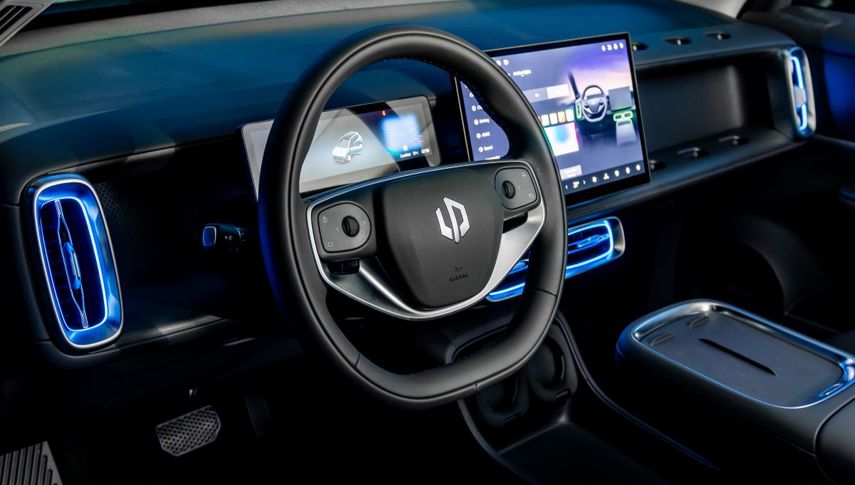
The Life has a light grey interior with fabric upholstery, while Design is available with darker greys and “eco leather”. High-end features like a comprehensive remote-control app (including phone-as-key), panoramic glass roof and 360-degree camera are standard across the range.
Equipment exclusive to the Design includes power-adjustable front seats with heating and ventilation, automatic folding mirrors, ambient lighting inside, power tailgate, rain-sensing wipers and upgraded 12-speaker audio system.
What other cars should I consider?
The obvious rivals are other medium-SUV BEVs out of China: BYD Atto 3 (slightly smaller, $49,990-$55,990), Geely EX5 (slightly larger, $51,990-$54,990) and the just-launched MG S5 EV (closest of all, $44,990-$54,990).
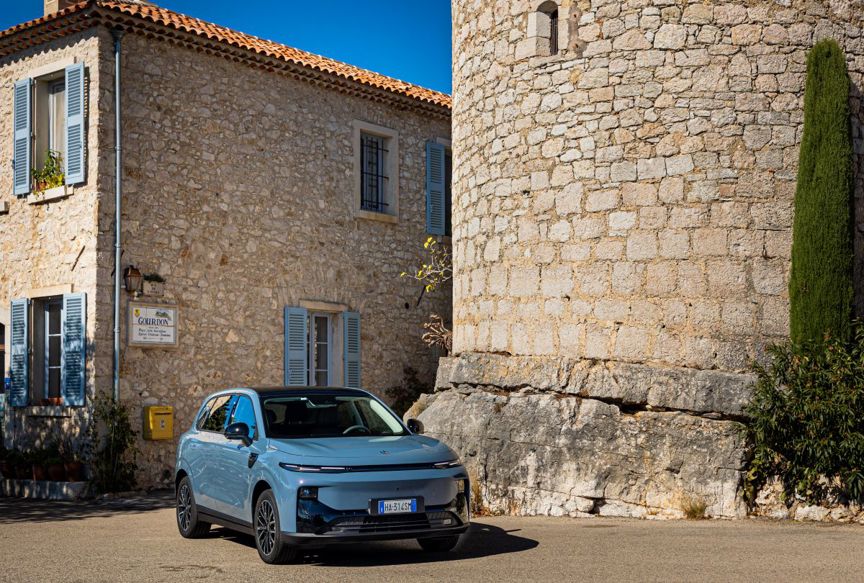
You could throw the Korean Kia EV5 into the conversation; but it starts at $67,990 and goes (way) upwards in price from there.
Given the B10’s high level of standard equipment, we’d argue Leapmotor is nailing it on price so far.
When the B10 Ultra Hybrid arrives, it will broaden the model’s potential even more, rivalling not just the new breed of Chinese “super hybrids” (honestly, too many to reel off at this point) but perhaps also established SUV hybrids such as the Toyota RAV4 or Kia Sportage.























